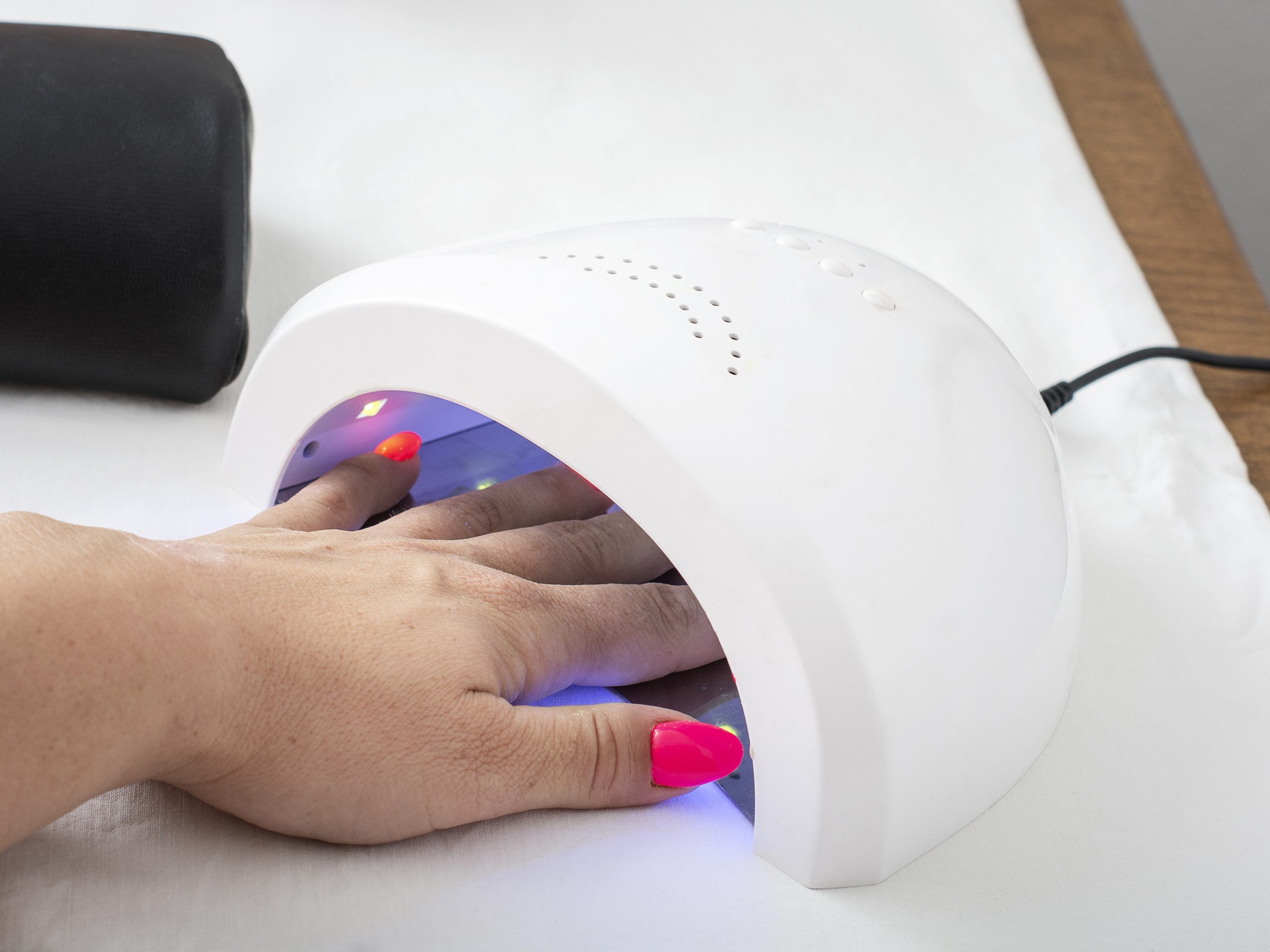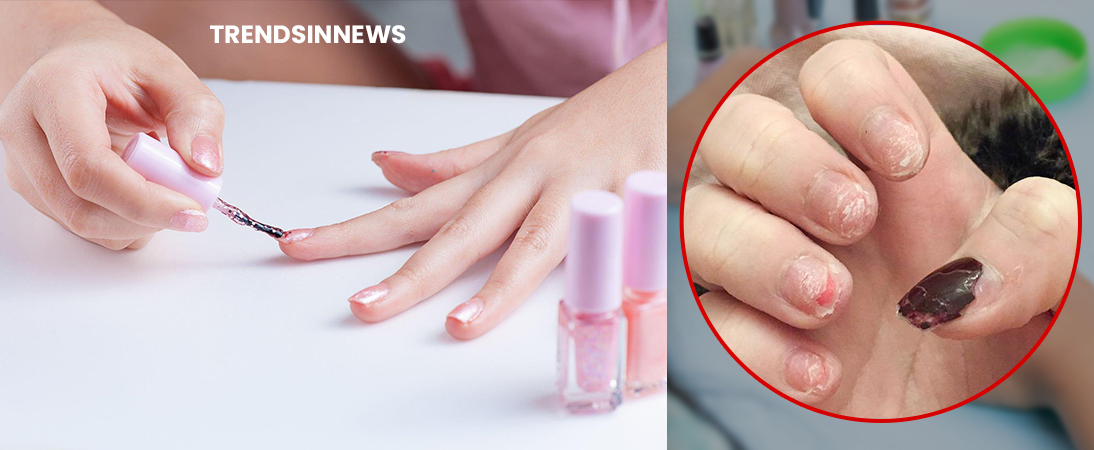In recent years, according to research, the beauty industry has witnessed a tremendous surge in the popularity of gel nail paints. The desire to enhance our appearance and express our personal style has led to its huge popularity. Gel nail paint offers a durable and long-lasting alternative to traditional nail polish. Its ability to resist chipping, glossy finish, and vibrant colours have captivated individuals seeking a manicure that lasts for weeks. However, amid the allure of gel nails, there lies a growing concern regarding their potential side effects on both the nails themselves and the overall health of individuals.
In this blog, we delve into the world of gel nail paint and its associated health risks, ensuring you are well-informed before your next manicure.
What is Gel Nail Paints?
Gel nail paints are a type of nail polish that is cured under a UV or LED lamp to create a durable and long-lasting finish. Unlike regular nail polish, gel nail paint requires a specific curing process to harden and stay in place for an extended period.
How Gel Nail Paint is Applied
The application process for gel nail paint involves several steps, including nail preparation, base coat application, colour coat application, and top coat sealing. Each layer is cured under a UV or LED lamp to ensure proper adhesion and durability.
Beauty of Gel Nail Paint
Long-lasting Color
The gel nail paint has garnered immense admiration for its extended wear duration. Unlike traditional nail polish, gel polish is cured under a UV or LED lamp, creating a hard, durable, and chip-resistant coating. This feature ensures the longevity of the nail colour, allowing users to enjoy their beautiful manicures for up to two weeks or more.
High-Gloss Finish
The glossy finish of gel nail paint provides a smooth and radiant appearance, adding a touch of sophistication to any look. This lustrous shine enhances the overall aesthetics of the nails, making them stand out and garnering compliments from others.
Wide Range of Colors and Designs
Gel nail paint is available in an extensive palette of colours and finishes, catering to various preferences and style choices. From classic neutrals to bold and vibrant hues, gel polishes offer endless possibilities for creating intricate designs, nail art, and ombre effects, allowing users to express their individuality.
Potential Risks of Gel Nail Paint
While gel nail paint presents numerous benefits, it is crucial to be aware of the potential risks associated with its use. Understanding these risks can help individuals make informed decisions regarding their nail care routine. Some of the key risks include:
UV/LED Lamp Exposure

The process of curing gel nail paint under UV or LED lamps exposes the hands and nails to ultraviolet radiation. Prolonged exposure to these lamps may increase the risk of skin damage and premature aging and potentially contribute to the development of skin cancer.
Nail Damage
Gel nail paint requires the use of strong solvents and filing to prepare the nail surface for application. These processes can weaken the nails, making them brittle and prone to breakage. Over time, frequent application and removal of gel nail paint may cause thinning and dehydration of the nails.
Allergic Reactions
Gel nail paint contains chemicals that can cause allergic reactions in certain individuals. Repeated exposure to these chemicals, such as methacrylates and acrylates, may lead to skin irritations, redness, swelling, and itching. Sensitivity to these substances can vary, with some individuals being more prone to allergic reactions than others.
Infection Risk
The application and removal process of gel nail paint can create opportunities for bacterial and fungal infections. Improper hygiene practices or damage to the nail bed during removal can increase the risk of infection. It is essential to ensure proper sterilization of tools and adhere to strict hygiene protocols to minimize this risk.
Nail Plate Separation
Incorrect or aggressive removal of gel nail paint can cause nail plate separation, also known as onycholysis. This condition involves the detachment of the nail plate from the nail bed, leading to pain, discomfort, and increased susceptibility to infections.
Safety Precautions and Best Practices
Professional Application
Seeking professional services from a reputable nail salon with trained technicians can ensure proper application, reducing the risk of nail damage and skin irritation. Trained professionals are knowledgeable about the correct techniques and safety measures to follow.
Nail Health Maintenance
Prioritize nail health by maintaining proper nail care routines. Regularly moisturize the nails and cuticles to prevent dryness and brittleness. Taking breaks between gel manicures allows the nails to recover and regain strength.
Skin Protection
To minimize the risk of skin irritation, ensure the gel nail paint is applied only to the nails and avoid contact with the surrounding skin. Applying a thin layer of petroleum jelly or using liquid latex as a barrier can provide additional protection.
UV Protection
To reduce UV exposure during the curing process, consider wearing fingerless gloves or broad-spectrum sunscreen with a high SPF to protect the hands and lower the risk of long-term skin damage.
Conclusion
The gel nail paint has revolutionized the world of manicures, offering long-lasting and visually stunning results. However, it is crucial to be aware of the potential risks associated with its use. By understanding the composition of gel polish, acknowledging the risks involved, and adopting proper safety precautions, individuals can enjoy the beauty of gel nail paint by safeguarding their nail and skin health.





